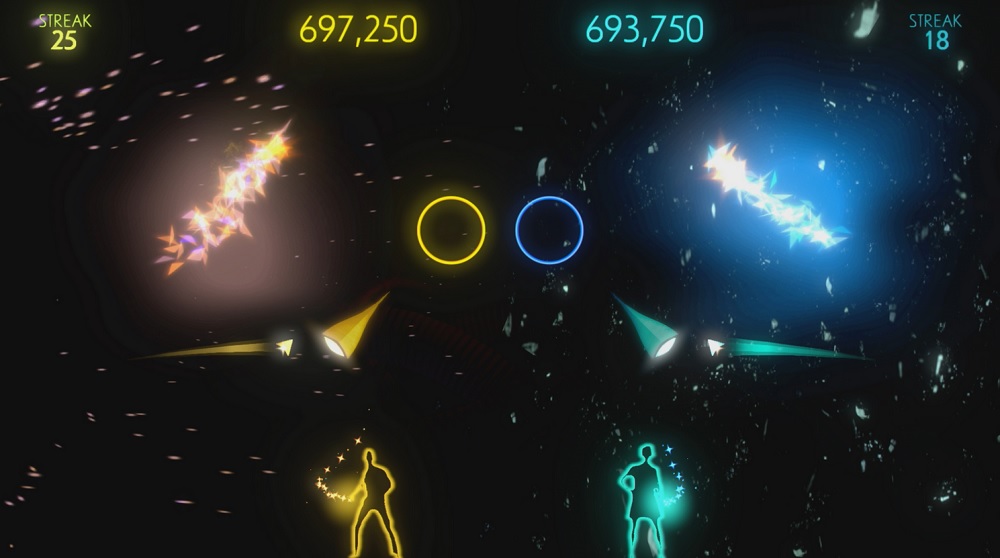Disney Interactive and Harmonix revealed today that the Kinect music game Disney Fantasia: Music Evolved will come out on Oct. 21 on the Xbox One and Xbox 360 game consoles. It’s a reimagining of Disney’s classic animated film, Fantasia, where you get to play the Sorcerer’s Apprentice (Mickey Mouse’s iconic role). Using your hands to match gestures that you see on the screen, you can test how good you are at beat matching. But you can also take songs and remix them.
We talked with Chirs Nicholls, the executive producer of the game at Disney Interactive, about the challenge of making a new franchise, one based on a Disney classic, using gesture controls that work with both the original Kinect and the new Kinect on the Xbox One. The new motion game will include dozens of songs, including Depeche Mode’s “Enjoy the Silence,” Drake’s “Take Care,” Tchaikovsky’s “The Nutcracker Medley,” The Police’s “Message in a Bottle,” MIA’s “Galang,” and The Who’s “The Real Me.”

Unlock premium content and VIP community perks with GB M A X!
Join now to enjoy our free and premium membership perks.
![]()

![]()